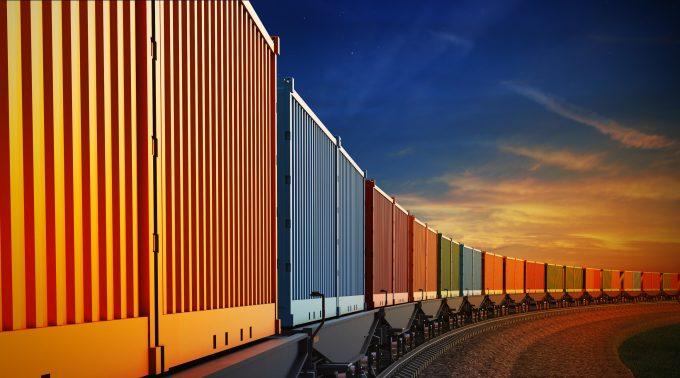White House moves create yet more stormy water on the transpacific
The 90-day tariff moratorium on US imports, except those from China, have failed to keep ...

Despite rail services between China and Europe becoming increasingly popular amid blanked sailings and high air freight rates, the service from the UK has slim margins and takes too long.
“We have rarely used rail before, but we are now using it for UK exports” said one UK-based forwarder. “However, it is more expensive to get a container from the UK to Duisberg, than it is to move it from Duisburg to Xi’an,” he added.
“It also, realistically, takes about 25 days from ...
Maersk Air Cargo sees volumes fall as it aims for 'margin in favour of revenue'
Keep our news independent, by supporting The Loadstar
Container spot rates diverge: to Europe still falling, but firmer to the US
Volume surge and an early peak season? 'Don't celebrate too soon,' warning
Hapag-Lloyd won't take bookings if port congestion leaves cargo stranded
Ecommerce likely the front-runner in resurge of transpacific trade after deal
China-US trade tariff pause could drive a rebound for transpacific rates
Airfreight players eye new routes as demand on the transpacific nosedives
Service chaos from trade ban with India a problem for Pakistan shippers
Airfreight rates ex-China 'loss-making', but hopes of a trade deal stay high
Serious threat to jobs in US logistics as tariffs cause economic 'stagflation'
Carriers impose 'emergency operation' surcharges on Pakistan cargo
15% rebate for box ships as Suez Canal Authority woos carriers
White House u-turns see freighters flying but keep logistics players on their toes
APMM floats along on 'solid' Q1 profitability in Ocean, well prepared for choppy water
MSC in terminal switch as Nhava Sheva gets strong start to new fiscal year


Comment on this article
Philip
September 02, 2020 at 10:39 pmAfter waiting over 80 days for shipment by rail with shippers blaming everything from rail jams to customs. Next time I will stick to sea transport